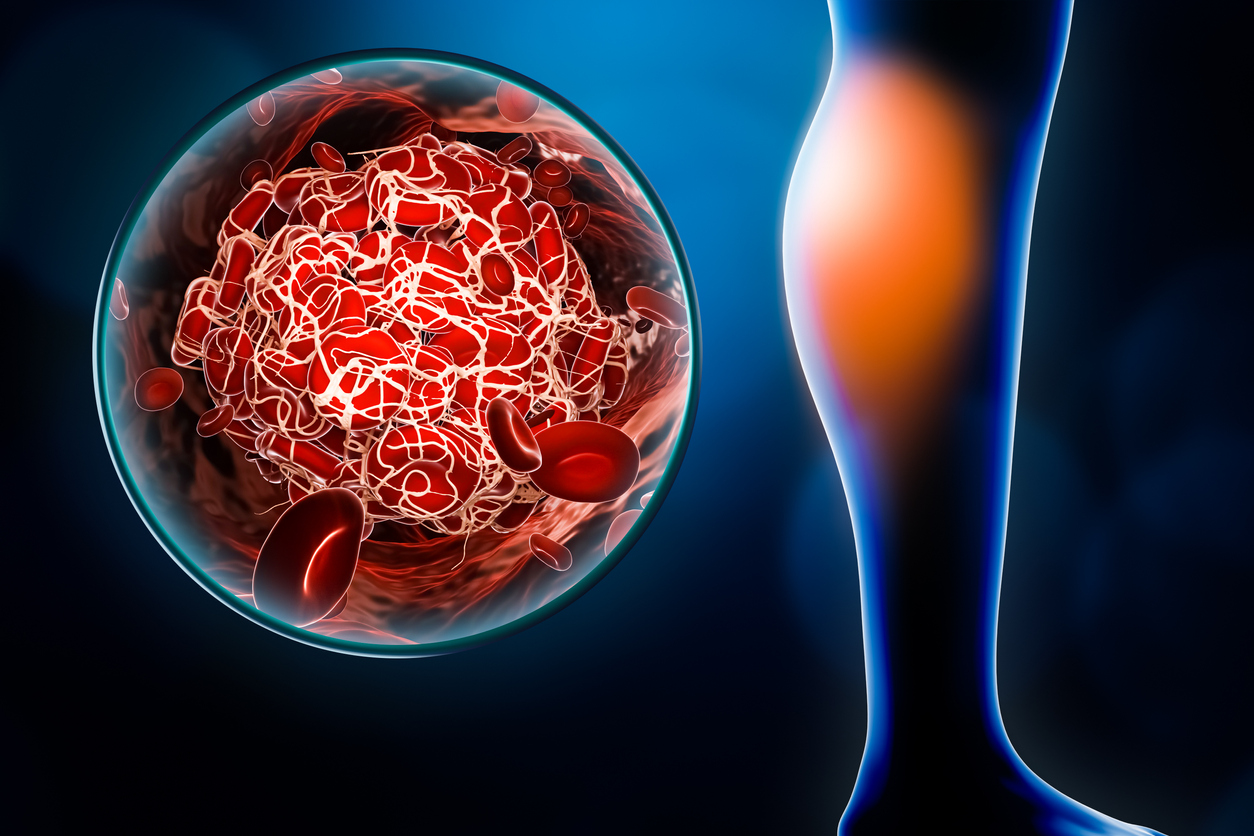Pain
Progressions and Possible Complications of Thoracic Outlet Syndrome

What is thoracic outlet system (TOS)?
Thoracic outlet syndrome (TOS) is a condition in which the nerves and/or blood vessels in the thoracic outlet become compressed, irritated or injured. The thoracic outlet is a narrow space located between the collarbone and the first rib. The nerves and blood vessels that move down the arm, and the muscles from the neck to the shoulder, run through the thoracic outlet.
Progression of TOS
TOS is considered a progressive condition. Pressure placed on the surrounding nerves and blood vessels due to TOS can reduce blood flow to the carotid arteries and vertebral arteries. This can develop into an intractable migraine, or status migrainosus, which can be one of the first symptoms of TOS.
TOS can be debilitating, especially if left untreated. It can result in chronic pain, emotional distress, and difficulty with physical function. Early treatment of symptoms can lessen its impact.
The prognosis for TOS is typically good; however, severe cases may require surgery. Since recurrence is common, it is essential to strengthen posture to avoid future episodes. Physical therapy can reduce the repetition of TOS. However, physical therapy alone is typically not enough to prevent a recurrence in most athletes.
Complications of TOS
Possible complications include, but are not limited to, the following:
- Blood clots. Venous thoracic outlet syndrome (VTOS) occurs when a subclavian vein becomes compressed. This often causes blood clots to form in the affected veins.
- Chronic pain. Prolonged swelling and chronic pain may develop, especially with venous TOS. This usually materializes in the arm.
- Pulmonary embolism. A blood clot can cause an additional complication called a pulmonary embolism. This occurs when a blood clot develops in a blood vessel and travels to a lung artery, blocking the blood flow. It can be a life-threatening complication.
- Nerve damage. When left untreated, the pain caused from neurogenic TOS can result in permanent nerve damage.
- Gangrene. Gangrene occurs when the blood flow to a portion of tissue is interrupted, causing the tissue to die. The dead tissue can become infected, which can be extremely harmful and potentially fatal.
- Ischemic ulcers. When blood flow is reduced with TOS, ischemic ulcers may occur. These sores often appear on the fingertips with TOS.

















